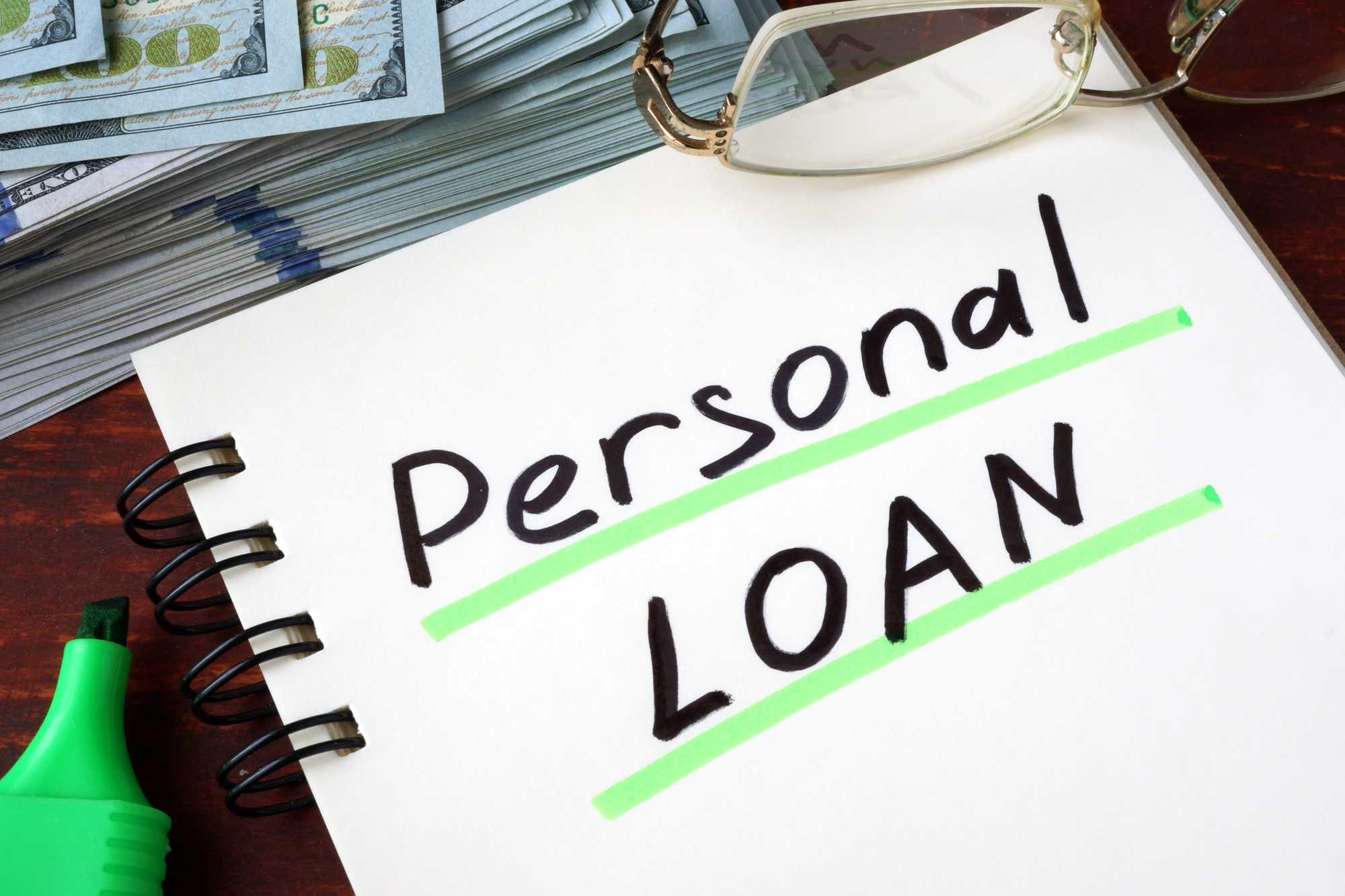The total outstanding personal loan debt has skyrocketed to $115 billion.
This is attributed to the more than 20 million Americans who are currently paying on one, carrying an average balance of more than $16,000 each.
Are you considering joining those ranks?
While this kind of support can provide access to the short-term cash you need, it isn’t for everyone. That’s one reason why the application process is full of personal loans requirements that you must meet before you can qualify.
Not sure what those entail? Read on. Today, we’re sharing five requirements that might surprise you as you begin talking to lenders!
1. Your Credit Score
Each lender will have a bottom-line minimum credit score you must have to qualify. Some are more lenient than others, but if yours is currently in the tank, you’ll have a harder time getting approved.
Why is this number so important?
It demonstrates your ability to repay your loan on time and following the terms. A solid credit score reveals your creditworthiness and is based on factors that include:
- The kinds of credit/loans you’ve carried
- The amount of each credit limit/loan vs. how much you use each month
- Whether or not you’ve paid on time
- Any negative marks against your credit (e.g. collections, bankruptcies, foreclosures)
Knowing this, it’s easy to see why your credit score carries so much weight! A low one can reveal a history of mishandling the other loans trusted to you.
If your credit score is below 640, take the steps to improve it before pursuing a personal loan more seriously. A few of the things you can do include:
- Check your credit report for errors
- Start paying your bills on time
- Pay off your debt
- Keep credit card balances low
- Keep unused credit cards open
- Don’t apply for or open new credit accounts
You can also consider adding a trusted cosigner to your application to tip the scale in your favor.
2. Your Debt-to-Income Ratio
Put simply, your debt-to-income (DTI) ratio is your monthly debt obligations divided by your monthly gross income.
In addition to personal loans, these obligations can include any form of credit you’ve taken out, including:
- Credit card payments
- Auto loans
- Student loans
Your DTI reveals how much of your income you’re currently using to pay down these debts. Before issuing a personal loan, a lender will analyze your DTI to assess whether or not you can handle another debt on top of your existing load.
Are you currently living paycheck-to-paycheck, applying nearly all of your income to these expenses? In most cases, this is a red flag to lenders. Ideally, your DTI should be at or below 36%.
3. Employer/Income Verification
An unsecured personal loan isn’t like other kinds of loans, including mortgages or auto loans. Those are backed by collateral, meaning that the lender can claim an asset of yours if you default.
Conversely, personal loans don’t require collateral. This makes the transaction riskier for your lender. As such, they’ll ask for your employer and income information to make sure you have enough money at your disposal to pay back the loan on time.
To address this inquiry, you can provide a range of work-related documents, including:
- Your last two paystubs
- Tax returns from the last two years (or W2s and 1099s)
- Bank statements from the last two months
- Employer contact information
4. Proof of Address
Your lender will also need to verify that you have a stable lifestyle. While not all companies will look at this, most want to make sure that you have a place to live and are making the necessary monthly payments to keep it up.
A few of the documents you can bring to verify your proof of address include:
- Utility bills
- Your lease or rental agreement
- Your voter registration card
- Proof of homeowner or renter insurance
Bring these documents with you when you complete your loan application. If you don’t have a place to live or cannot verify your address, it’s unlikely that you have the income stability required to take out a personal loan.
5. Your Payment History
Your payment history makes up 35% of your FICO score. It reveals if you’ve made your required payments on time or not.
A few of the accounts included in your payment history include:
- Credit cards
- Store cards
- Finance company accounts
- Mortgage loans
- Installment loans (e.g. auto loans)
Do you have a long history of missed payments? If so, these can act as a strike against your record when you go to apply for a personal loan. In fact, one missed payment can linger on your credit report for seven years!
If you can afford to wait, you can give your credit score a much-needed boost and improve your payment history by starting today. Create a bill-paying schedule and commit to sticking to it.
Over time, you’ll notice both of these categories trending upward, and you’ll be able to access more favorable terms for your personal loan.
Making Personal Loans Requirements Work For You
While this list can sound overwhelming, it doesn’t have to be.
At the end of the day, personal loans requirements aren’t in place to intimidate you or scare you away from the application process. They’re only there to help lenders verify your financial responsibility.
If you’ve been responsible with your debt up to this point, you should have no problem applying and qualifying for a personal loan. Just remember to use it responsibly and pay it back as required to avoid penalties and extra fees!
Stuck in a downward spiral of debt and trying to climb out? We can help.
Our platform can match you with the debt consolidation best-suited to fit your needs. Get in touch today and let’s connect.

